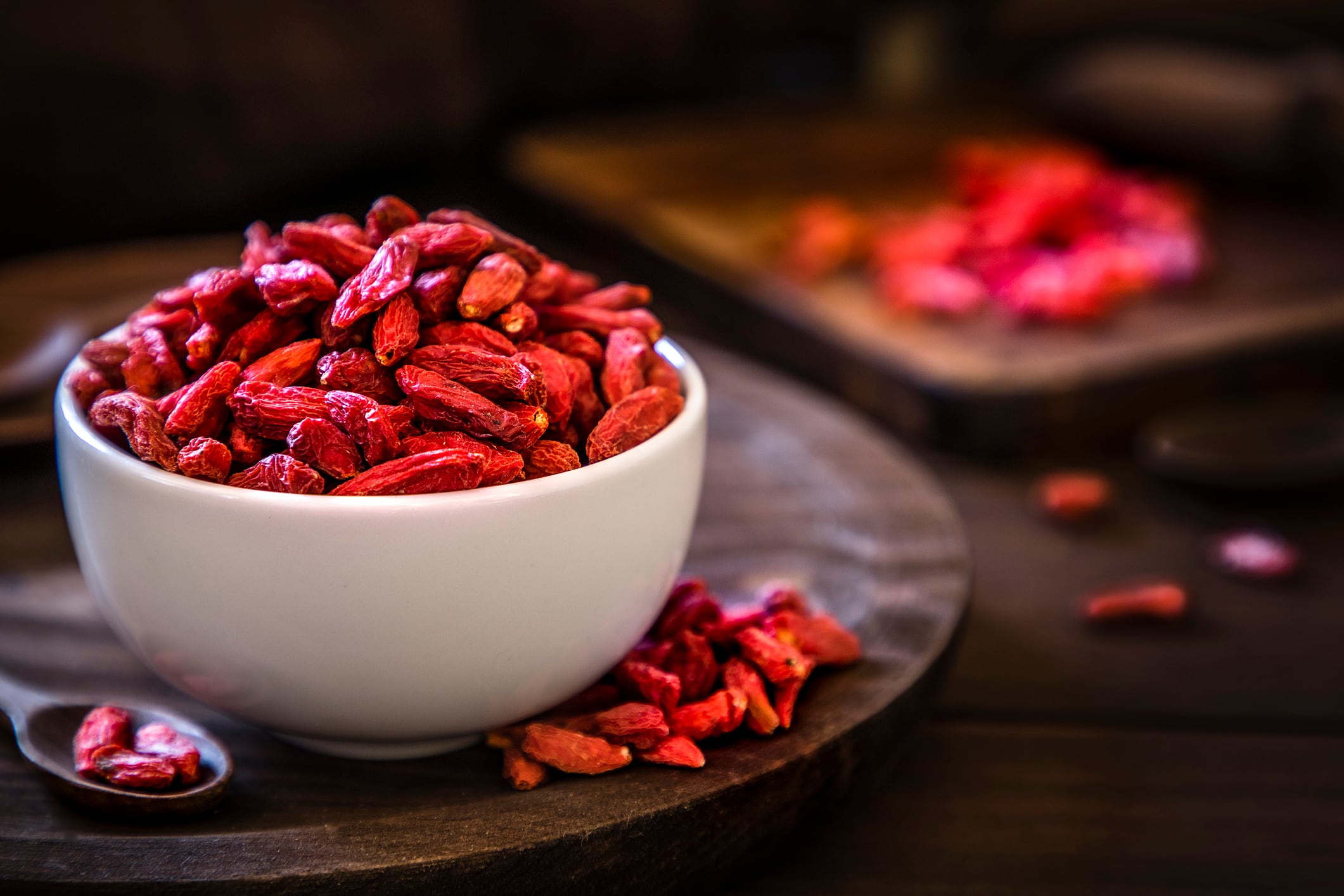Developed by a Massachusetts Institute of Technology (MIT) team, the coating is especially useful to the mostly anaerobic bacteria that have been identified as species of potential therapeutic value.
“We believe this coating could be used to protect pretty much any microbe of interest,” says Ariel Furst, the Raymond and Helen St. Laurent Career Development Professor of Chemical Engineering at MIT and the study’s senior author.
“We think there are microbes out there that can help with a variety of diseases, and that we can protect them for manufacture and production.”
The metal−phenolic network (MPN) coating is a material made from Iron (III) metal ions and one of three polyphenols: tannic acid (TA), gallic acid (GA), or epigallocatechin gallate (EGCG) all found in tea and plant products.
The coating was then applied to both Escherichia coli and Bacteroides thetaiotaomicron. Bacteroides species are essential for carbohydrate fermentation in the gut and have shown potential in addressing colorectal cancer.
The species also appears to be more abundant in the gut microbiome of healthy people. However, because they are anaerobes and hence very sensitive to oxygen, their production remains a challenge as bacteria need to be freeze-dried and formulated as capsules in order to be used therapeutically.
Increase in bacterial growth
Discussing the findings, the team noted that for coated E. coli in cryoprotectant-free PC buffer, a three-fold increase in bacterial growth was observed after 48 hours.
Under similar conditions, B. thetaiotaomicron reached exponential phase after incubation for 96 hours, whereas no growth was observed for the uncoated control.
“These improvements indicate that MPN-coated microbes have a higher survival rate after lyophilisation even in the absence of conventional cryoprotectants,” the study states.
“Furthermore, for anaerobes, Fe(III)−TA likely provides an additional layer of protection against reactive oxygen species (ROS).
“This is evidenced by the fact that B. thetaiotaomicron showed faster recovery following oxygen exposure and both strains lyophilised in the presence of FeCl3 showed higher bacterial growth compared with uncoated controls.
“The MPN-coated cells always demonstrated the fastest growth after reconstitution, which highlights the protective ability of the MPN.”
Bacteria with this type of protective coating could also be useful for agricultural applications such as helping to make crops more stress-tolerant, suggests the study, which appears in the Journal of the American Chemical Society.
Another possible application for the coating is to use it to protect microbes that are used as vaccines. The BCG vaccine, which consists of the bovine version of the microbe that causes tuberculosis, is difficult to produce and must be stored at low temperatures.
“Coating it with a protective layer could eliminate the need for cold storage and make distribution easier,” Furst says.
“If we can remove the need for cold storage and transport, we think it would make a lot of therapeutics more widely available,” she adds.
Oral delivery route to gut
The team were also able to show that the coating rapidly disassembles under acidic conditions, making it ideal for oral delivery to the gut.
“The coated product would pass through the stomach (with exposure to stomach acid) prior to entering the gut,” the study observes.
“Thus, this on-demand disassembly is compatible with probiotics and biotherapeutics that require both long-term preservation and controlled release in situ.”
Although dry storage is often necessary for administration of microbes, drying processes induce cellular stress and decrease viability.
Lyophilisation or freeze drying is a process in which water is removed from a product after it is frozen and placed under a vacuum, is often used in such situations.
However as few as 0.1% of cells survive, making this technique woefully inadequate for therapeutic use.
Protective alternatives include adding excipients such as sugars (i.e., trehalose and sucrose), but their mechanism of protection remains unclear, and their efficacy is strain dependent.
Thus, there is currently no efficient method to protect anaerobes from harsh processing stress and oxygen exposure.
Source: Journal of the American Chemical Society
Published online: DOI: 10.1021/jacs.1c09018
“Protection of Anaerobic Microbes from Processing Stressors Using Metal–Phenolic Networks”
Authors: Gang Fan et al


